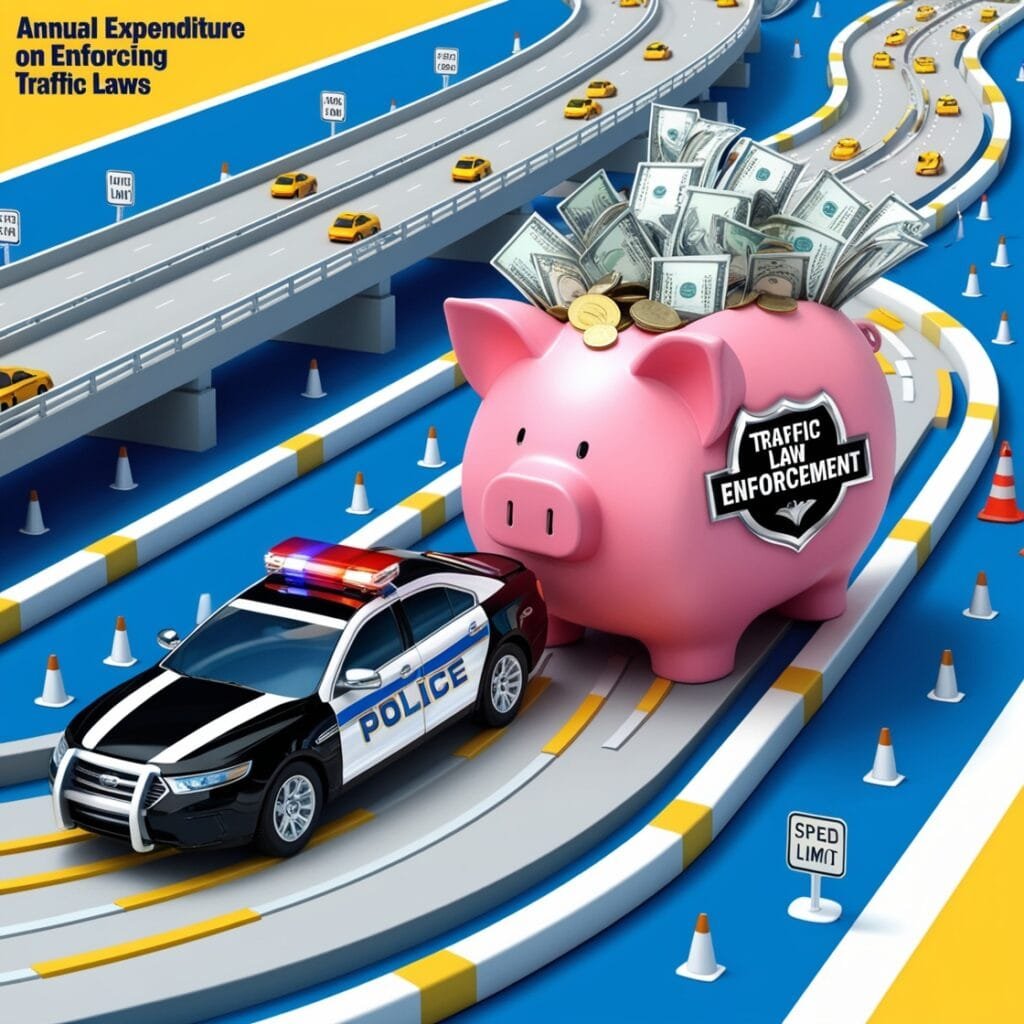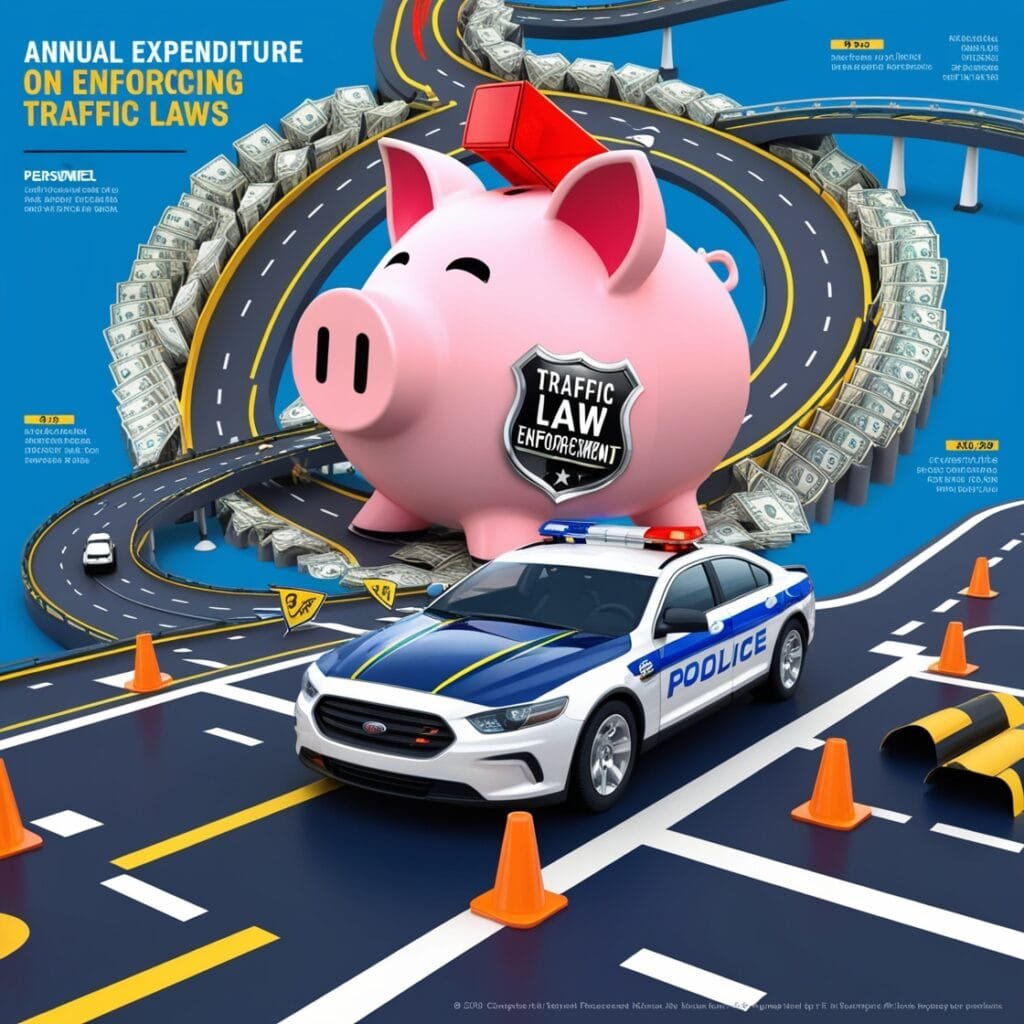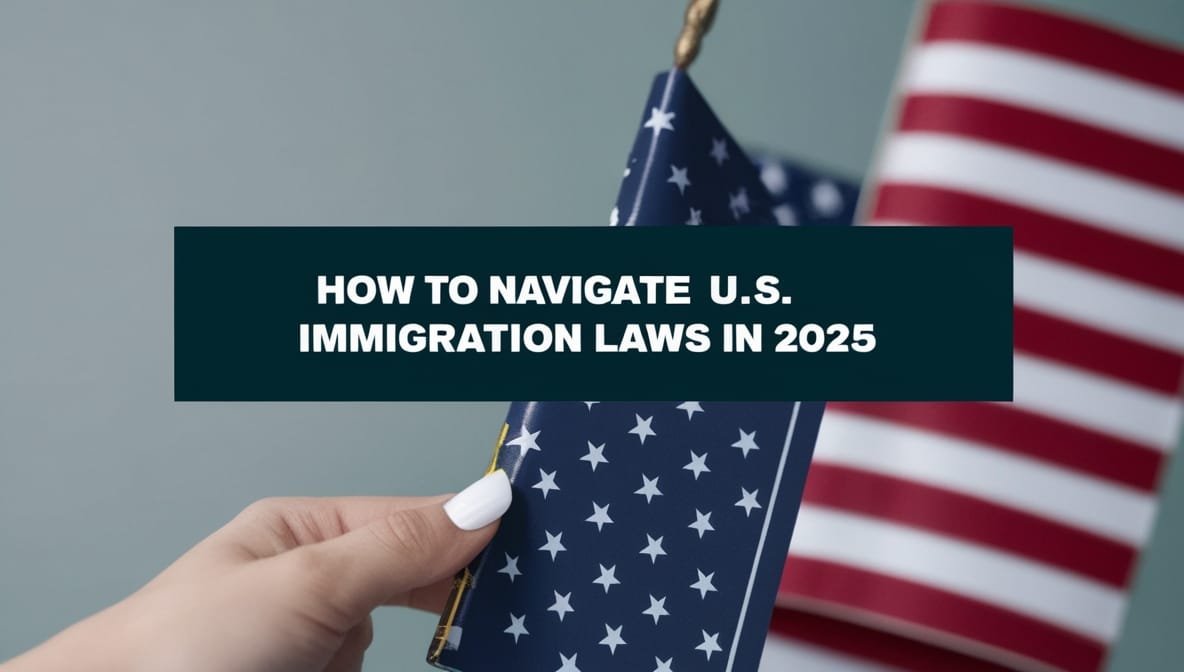Annually Enforcing Traffic Laws in the US – Traffic law enforcement plays a key role in keeping U.S. roads safe. However, it also represents a significant financial responsibility for state and local governments. This article breaks down the annual costs involved in enforcing traffic laws and highlights the factors that contribute to these expenses.
Annual Costs of Traffic Law Enforcement

Police Expenditures
In 2021, state and local governments allocated roughly $135 billion to police budgets, which included traffic enforcement. This represented around 4% of their total direct general expenditures. While not all of this spending goes directly toward traffic law enforcement, a significant portion funds highway patrols and traffic-related operations.
Highway Safety Programs
The National Highway Traffic Safety Administration (NHTSA) is a vital supporter of road safety initiatives. For the 2024 fiscal year, NHTSA requested a $1.3 billion budget, with $813.3 million allocated to state grants and high-visibility enforcement programs. These funds are crucial for implementing strategies to reduce traffic fatalities and promote safer driving.
Economic Impact of Traffic Crashes
Traffic crashes impose a massive economic burden beyond direct enforcement costs. In 2023, fatal and serious traffic incidents led to an estimated societal loss of $1.85 trillion. This includes $460 billion in economic costs and $1.4 trillion tied to quality-of-life losses, emphasizing the far-reaching financial consequences of road accidents.
Key Components of Enforcement Costs
The expenses related to traffic law enforcement can be divided into several areas:
- Personnel Costs: A large share of police budgets is used for salaries and benefits of officers managing traffic law enforcement.
- Operational Costs: This includes funding for vehicles, equipment, training, and administration required to enforce traffic laws effectively.
- Public Safety Campaigns: Programs aimed at educating drivers about road safety and encouraging responsible behaviors are another important expense.
- Legal Costs: Court proceedings related to traffic violations also add to the overall financial burden.
The Need for Sustained Funding

Investing in traffic safety programs is critical to addressing the growing number of road fatalities in the United States. In 2021, approximately 42,915 lives were lost in traffic accidents, underscoring the urgency for robust enforcement and safety initiatives. Federal funding, such as the Bipartisan Infrastructure Investment and Jobs Act, provides additional resources to enhance these efforts, including support for high-visibility enforcement campaigns targeting reckless driving.
Conclusion
Traffic law enforcement in the United States comes with significant financial commitments, spanning direct enforcement expenses and indirect costs linked to traffic incidents. As road safety challenges persist, ensuring sufficient funding for enforcement and safety initiatives is essential to reducing accidents and protecting lives. Understanding these financial implications can guide more informed policy decisions aimed at making U.S. roads safer for everyone.






